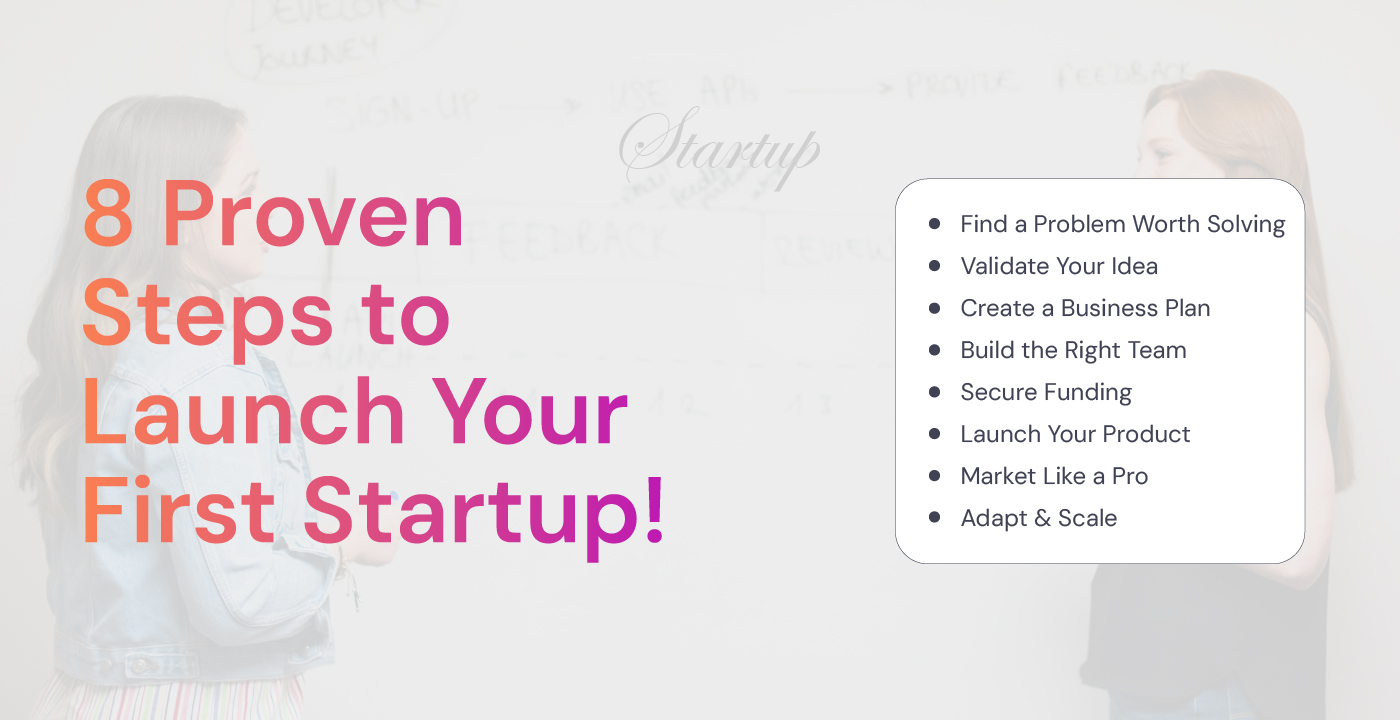You have your app idea, maybe wireframes, maybe a designer sketching screens, and then someone asks:
“So… which features go into the MVP?”
Suddenly, everyone has an opinion.
Your designer wants animations. Your co-founder wants onboarding flows. Your investor wants scalability.
And you… you just want clarity.
The truth is, the right MVP feature set does not include everything you dreamed of. It’s about building just enough to learn fast, prove value, and attract your next round of believers.
We have helped dozens of early-stage startups find their MVP feature sweet spot that balances between too little to impress and too much to launch.
This guide will show you how to prioritize MVP features, what to absolutely include, what to skip, and how to scope features for your MVP app without losing your mind or your runway.
Why Does the Right MVP Feature Set Prioritization Feel So Hard?
At the pre-seed or MVP stage, your goal is to answer one question:
“Do people care enough about this to use it, even when it’s basic?”
Every screen, button, or workflow that doesn’t answer that question is noise.
And noise burns cash.
The right MVP feature set filters noise into signal and focuses only on what proves your concept fast.
If you are still figuring out how to turn your idea into your first working version, you might want to read our guide on getting started with your first startup. It will give you a clear starting point before you go deep into features.
Step 1: Define the Core User Journey
Forget features for a second.
Start with this:
“What’s the simplest path a user can take to experience your product’s main value?”
That path defines your core user journey, and every feature you include should exist only to make that journey possible.
If your app helps people book local fitness trainers, your MVP doesn’t need a leaderboard, referral codes, or chat system.
You need:
- A way to search trainers
- A way to book a session
- A way to pay
That’s it. Everything else can wait.
If you can’t describe your MVP flow in five steps or fewer, you are probably overbuilding.
According to CB Insights, 35% of startups fail because there’s no real market need, which usually means they built too many nice-to-have features and not enough of what users actually wanted.
Step 2: Use the “3 Rings” Rule for the Right MVP Feature Set
We use this simple framework to help founders map their MVP feature set:

Ring 1: Core Features
These directly deliver your main value. Without them, your app doesn’t work.
Example: Booking, payments, or profile creation.
Ring 2: Support Features
These improve usability or reduce friction but aren’t essential for the first launch.
Example: Password reset, onboarding tips, light analytics.
Ring 3: Delight Features
These make users smile, but don’t prove your concept.
Example: Custom avatars, dark mode, and gamification badges.
→ Skip until you have traction. When you categorize like this, feature prioritization for MVP becomes objective instead of emotional.
And once you finalize your features, think about the stack that will help you build them fast, and this can only happen when you choose the right tech stack for your startup app.
Step 3: Don’t Build for Edge Cases
Most founders sabotage their MVP feature set by designing for “what if” scenarios.
“What if the user wants to upload 10 images?”
“What if they want to share with friends?”
“What if they lose Wi-Fi?”
Stop.
Doerz Tech team always suggests every startup founder we have worked with: Your MVP should pierce one problem, sharply and clearly.
Every “what if” adds weeks of work and dilutes focus.
We have seen this mistake firsthand in failed startups. If you want to avoid repeating it, we have shared six lessons from failed startups and how to avoid common pitfalls.
It shows the mistakes most founders make when they build too much, too soon.
Step 4: Replace Features with Proxies
The smartest founders fake complex features early on.
Can’t afford real-time notifications? Use email alerts.
No admin panel? Manage data manually in Airtable.
No AI model? Use Zapier + human input.
This is how you scope features for MVP app development wisely. The goal is validation, not automation. Once you prove people care, you earn the right to build the luxurious stuff.
Step 5: Make Data Your Co-Founder
Before writing a single line of code, define what success looks like.
Ask:
- What’s the one metric that proves people find value?
- What’s the minimum number of users or actions I need to justify iteration?
This makes sure your MVP feature prioritization aligns with learning. You will be surprised by how many features you don’t need once you start measuring actual behavior.
Step 6: Skip Feature Creep That Obscures Core Value
Many founders overbuild to “look professional.”
Adding chatbots, dashboards, or AI summaries early rarely improves retention or activation metrics. Instead, they inflate development time and hide weak core engagement loops.
A strong MVP feels incomplete, but undeniable.
Before you build, define your success metric:
→ Activation rate, if you are testing user onboarding.
→ Retention, if you are validating recurring values.
→ Conversion, if your goal is to prove willingness to pay.
Build to Learn, Not to Impress
The right MVP feature set is not the one with the most features.
It’s the one that gives you answers: fast.
When founders ask us how to scope features for an MVP app, we tell them:
“Build half as much as you think you need, and you’ll probably still overbuild.”
Every screen, workflow, and feature should serve one mission: learning.
So be ruthless. Cut what’s cute. Build what counts.
Final Word
Your MVP feature set decides whether you run fast or run in circles.
Choose clarity over complexity. Choose feedback over features.
A focused MVP is how billion-dollar products start.
It’s how you turn a vision into traction.
If you are figuring out how to prioritize features for your MVP app or need help mapping what to build vs. skip, the Doerz Tech team can help you plan your MVP feature set that’s investor-ready, user-focused, and runway-safe.









